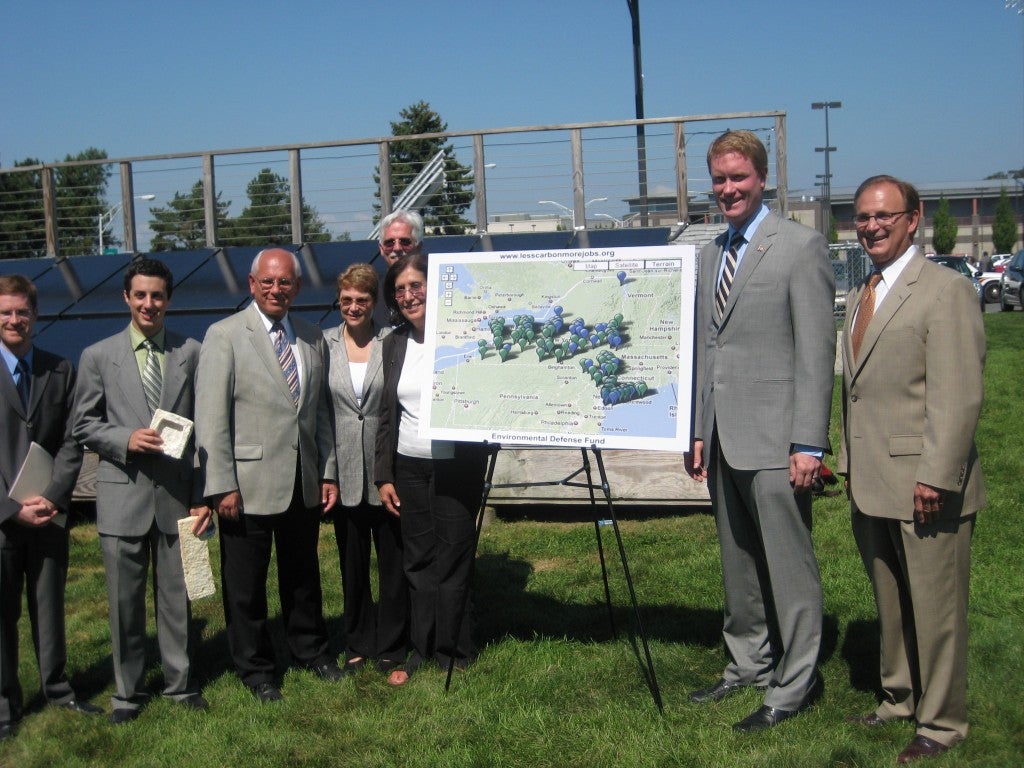For those of you wondering what the story is with a Treasury Department document that purports to estimate the cost of climate legislation: it doesn’t.
The Treasury Department analysis simply quantifies the potential revenue from a hypothetical auction of all pollution permits under a cap and trade bill.
Opponents of climate change legislation are now firing up the fuzzy math machine again, dividing that figure by the number of people in the country and concluding that cap and trade will mean high costs for households. Sound familiar? That’s how House Minority Leader John Boehner arrived at his roundly dismissed $3,100 figure.
It’s a flawed analysis of a non-existent proposal.
Even if a 100 percent auction was a live legislative proposal, which it’s not, that math ignores the redistribution of revenue back to consumers. It only looks at one side of the balance sheet. It would only be true if you think the Administration was going to pile all the cash on the White House lawn and set it on fire.
The bill passed by the House sends the value of pollution permits to consumers, and it contains robust cost-containment provisions. Every credible and independent economic analysis of the American Clean Energy and Security Act (such as those done by the non-partisan Congressional Budget Office, the Energy Information Administration, and the Environmental Protection Agency) says the costs will be small and affordable — and that the U.S. economy will grow with a cap on carbon.
For more info on what well-designed cap and trade legislation will actually cost, please visit http://www.edf.org/climatecosts.










